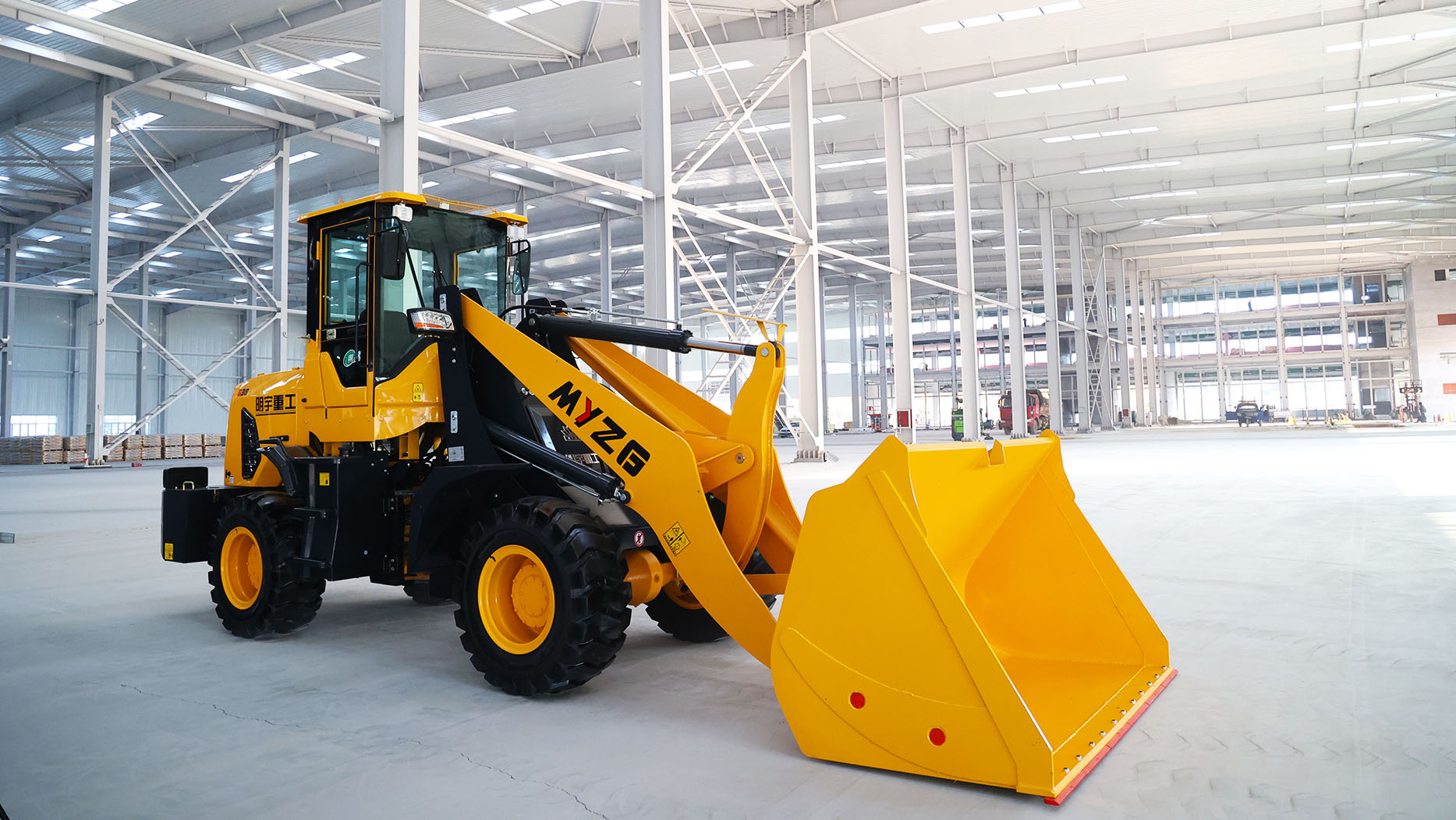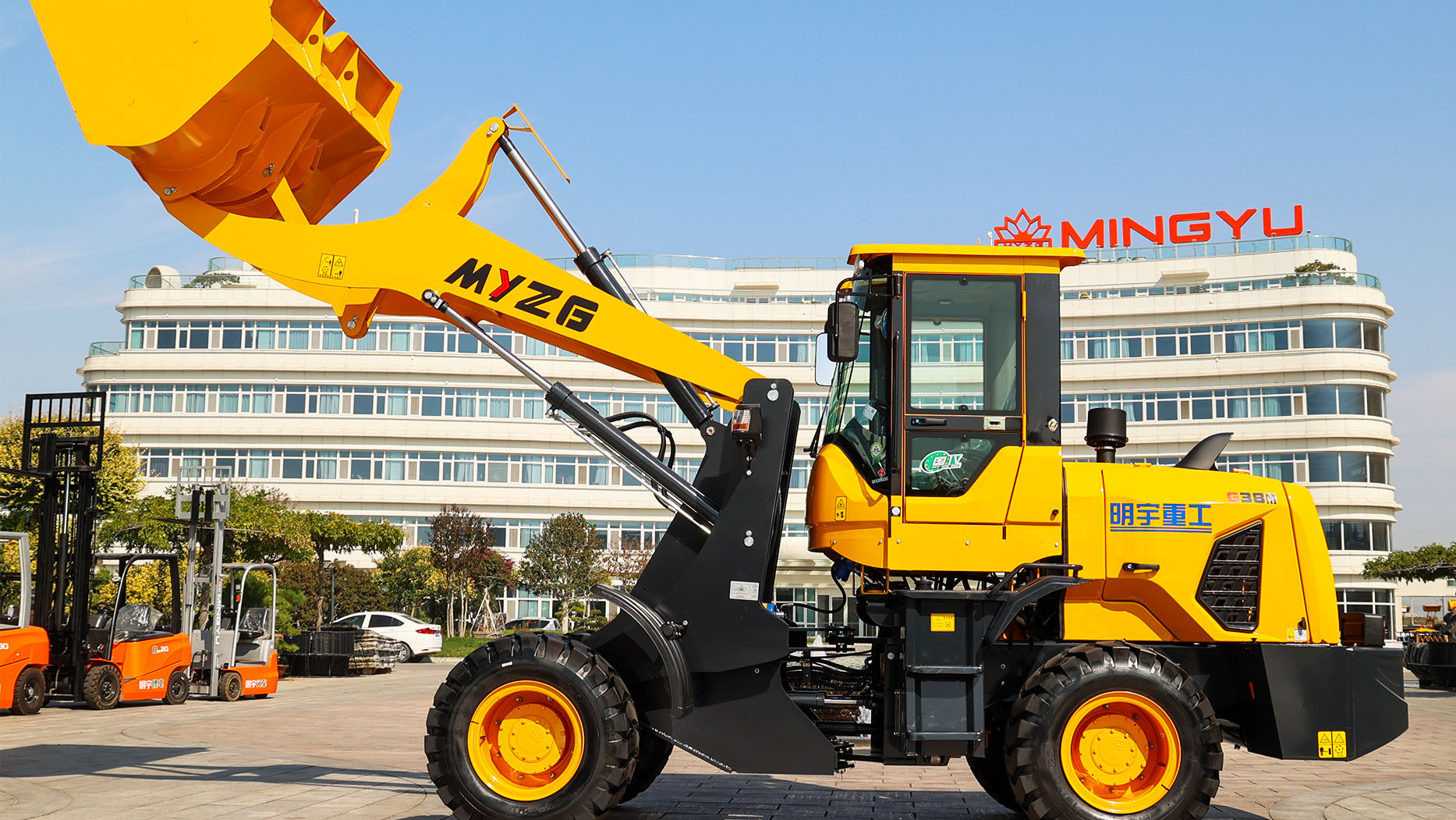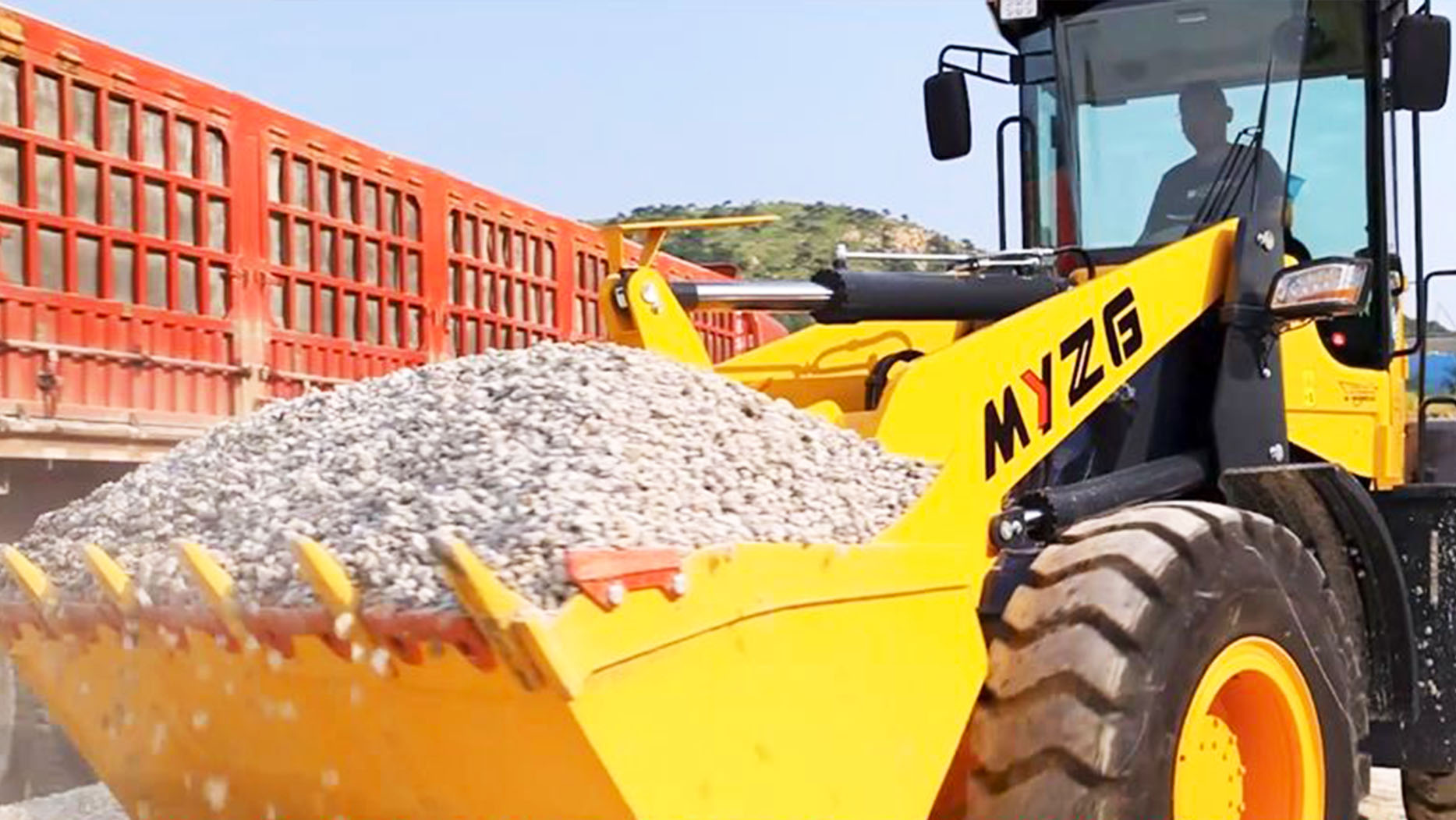Wheel loaders are versatile heavy machines used in a variety of applications, from construction and mining to agriculture and material handling. A key factor in their productivity and operator comfort is their ability to efficiently move material while minimizing spillage and reducing vibrations. Ride control, also known as boom suspension or load dampening, is a critical system designed to achieve precisely that. This article will delve into the intricacies of ride control on a wheel loader, exploring its functionality, benefits, different types, operational considerations, and maintenance aspects.
The Need for Ride Control:
Traditional wheel loaders, without ride control, can experience significant bouncing and pitching, especially when traveling at higher speeds with a loaded bucket. This "bucket bounce" has several negative consequences:
Material Spillage: The violent movements can cause material to spill from the bucket, leading to lost productivity and increased cleanup costs. This is particularly problematic with loose materials like gravel or sand.
Operator Fatigue: Continuous jarring and vibrations contribute to operator fatigue, reducing their efficiency and potentially leading to safety concerns. A tired operator is more prone to errors in judgment and control.
Machine Stress: The constant impacts and vibrations can put excessive stress on the loader's frame, axles, and other components, potentially shortening their lifespan and increasing maintenance costs.
Reduced Productivity: The need to slow down to minimize spillage and operator discomfort reduces the overall productivity of the loader.
Ride control addresses these issues by absorbing shocks and vibrations, creating a smoother and more controlled ride.
How Ride Control Works:
The fundamental principle behind ride control is to introduce a dampening mechanism that counteracts the forces generated by the loader's movement. This is typically achieved by allowing some degree of vertical movement in the loader's boom arms or within the hydraulic cylinders themselves. The system is designed to absorb the energy from bumps and uneven terrain, preventing it from being fully transmitted to the loader's chassis and the operator.
Types of Ride Control Systems:
Several different types of ride control systems are used in wheel loaders, each with its own advantages and disadvantages:
Accumulator-Based Systems: These are the most common type of ride control. They utilize a hydraulic accumulator, a pressure vessel filled with hydraulic fluid and gas (typically nitrogen), to absorb shocks. When the loader encounters a bump, the boom arms move, compressing the hydraulic fluid in the accumulator. The compressed gas acts as a spring, absorbing the energy and then slowly releasing it, preventing a sudden rebound. These systems are generally effective and relatively simple to maintain.
Hydraulic Cylinder Dampening: In this type of system, the dampening effect is integrated directly into the hydraulic lift cylinders. This can be achieved through various internal designs, such as incorporating bypass valves or using variable orifice designs. These systems can offer precise control and are often more compact than accumulator-based systems.
Pneumatic Systems: Similar to accumulator-based systems, pneumatic systems use compressed air instead of hydraulic fluid and gas. While effective, they are less common in modern wheel loaders due to the higher compressibility of air, which can sometimes lead to a "spongy" feel.
Mechanical Systems: Some older or smaller loaders might utilize mechanical springs or other dampening elements. These systems are generally less sophisticated and offer less precise control compared to hydraulic or pneumatic systems. They are rarely seen in modern, larger wheel loaders.
Operational Considerations:
Ride control is typically engaged by the operator via a switch in the cab. It is generally recommended to engage ride control when traveling at higher speeds or when operating on uneven terrain. However, there are situations where it might be beneficial to disengage it:
Precise Material Placement: When performing delicate tasks, such as loading trucks with precise weight distribution, ride control can sometimes make it more difficult to feel the bucket's position and the material's behavior. Disengaging it in these situations can provide the operator with a more direct feel.
Digging Operations: During digging operations, especially in hard-packed materials, the ride control system might absorb some of the digging force, potentially reducing the loader's efficiency. Disengaging it can improve digging performance in certain situations.
Slope Stability: On steep slopes, some ride control systems might contribute to a feeling of instability. Disengaging the system might provide the operator with a more secure feeling.
It's crucial for operators to understand the specific characteristics of the ride control system on their machine and to use it appropriately based on the task at hand.
Maintenance of Ride Control Systems:
Proper maintenance is essential to ensure the longevity and effectiveness of ride control systems. Key maintenance tasks include:
Regular Inspection: Inspect all components of the system, including accumulators, hydraulic cylinders, hoses, and connections, for signs of wear, damage, or leaks.
Fluid Checks: Regularly check the hydraulic fluid level and condition. Contaminated or low fluid can significantly impact the performance of the system.
Pressure Checks: For accumulator-based systems, periodically check the pre-charge pressure of the nitrogen gas. Incorrect pressure can affect the system's ability to absorb shocks.
Seal Replacement: Replace any worn or damaged seals in the hydraulic cylinders and accumulators to prevent leaks and maintain proper operation.
Greasing: Regularly grease all moving parts of the boom linkage and other related components to reduce friction and wear.
Following the manufacturer's recommended maintenance schedule is crucial for preventing costly repairs and ensuring the continued performance of the ride control system.
Conclusion:
Ride control is a vital system on modern wheel loaders, offering significant improvements in performance, comfort, and safety. Understanding the different types of systems, their operational considerations, and proper maintenance procedures is essential for maximizing the benefits of this technology. By investing in well-maintained ride control systems, companies can significantly improve the efficiency and profitability of their wheel loader operations. As technology advances, we can expect to see further refinements and innovations in ride control systems, leading to even greater improvements in the performance and versatility of these essential machines.
Post time:Feb.07.2025



